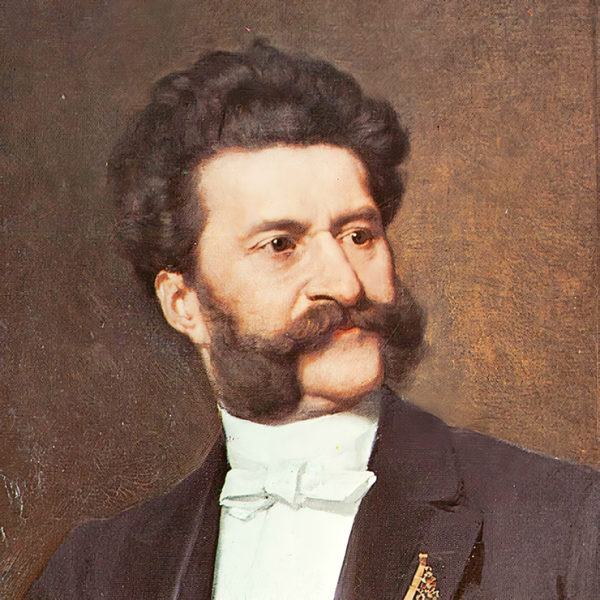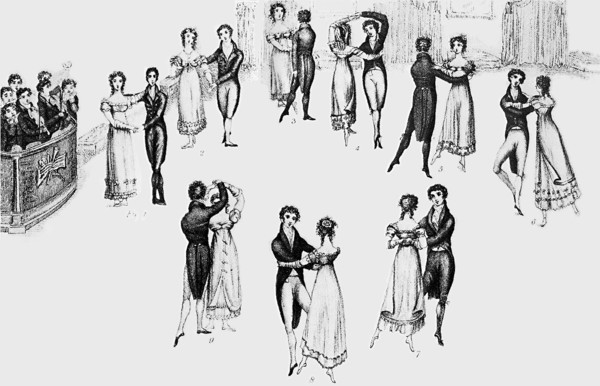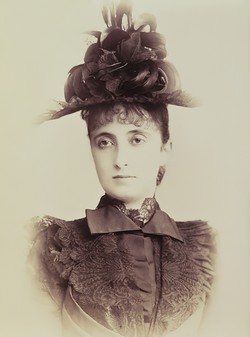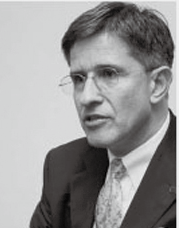Johann Strauss Son (II)

[아츠앤컬쳐] ‘왈츠의 왕’으로 알려진 요한 슈트라우스 2세는 1825년 10월 25일 빈에서 태어났다. 그는 왈츠, 폴카, 오페레타와 같은 경쾌한 곡들로 가장 잘 알려진 오스트리아 작곡가로, 500곡 이상의 작품을 남겼다. 그의 대표작으로는 ‘아름답고 푸른 도나우강’, ‘빈 숲속의 이야기’, ‘박쥐’ 등이 있다. 그의 작품은 19세기 왈츠의 인기에 크게 기여했으며, 특히 빈의 대규모 무도회와 국제적 공연에서 두드러졌다.
슈트라우스는 음악가 집안에서 성장했다. 그의 아버지 요한 슈트라우스 1세 역시 ‘라데츠키 행진곡’으로 잘 알려진 작곡가였다. 아버지는 그가 은행가가 되기를 바랐으나, 요한 슈트라우스 2세는 음악적 꿈을 포기하지 않았다. 그는 어머니의 지원을 받아 몰래 바이올린을 배우고 어렸을 때부터 작곡을 시작했다. 1849년 아버지의 사망 후, 요한 슈트라우스 2세는 아버지의 오케스트라를 이어받아 큰 성공을 거두었다.

요한 슈트라우스 2세는 세 번 결혼했다. 1862년 8월 27일, 빈 슈테판 대성당에서 헨리에타(제티로 알려짐) 트레프츠와 결혼했다. 이 결혼은 슈트라우스에게 도움이 되었는데, 그녀의 지원과 음악적, 사업적 감각이 그의 작품과 경력을 한층 높은 수준으로 끌어올렸다. 그 무렵 그의 작품은 그의 가장 뛰어난 창작 시기를 보여주었고, 그녀는 악보 필사자, 전속 비서, 매니저로서 헌신적으로 일했다. 그러나 두 사람의 결혼은 슈트라우스의 우아한 왈츠에 오랫동안 영향을 받았던 비엔나의 시민들 사이에 논란이 되기도 했다. 결혼 당시 제티는 44세로 슈트라우스보다 7살이나 많았기 때문이다. 그녀의 격려에 힘입어 슈트라우스는 1863년 열망하던 황실무도회 음악감독이라는 명예직을 얻었다.

1878년 그녀가 사망한 후, 그는 여배우인 에르네스티네 ‘릴리’ 디트리히와 재혼했다. 요한 슈트라우스 2세와 그의 두 번째 아내 릴리와의 관계는 문제와 갈등으로 점철되었다. 이 결혼은 결국 1882년 12월 9일에 공식적으로 별거로 끝이 났다. 슈트라우스는 완전한 이혼하고 세 번째 아내 아델레와 결혼하기 위해 훗날 개신교로 개종했고, 1899년 사망할 때까지 그녀와 함께 지냈다.
당시 비엔나는 작곡가의 도시일 뿐만 아니라 여성 작곡가들도 활약한 곳이었다. 신동이자 나중에 공작부인이 된 콘스탄체 가이거, 유럽 최초의 여성 밴드를 창립한 레오폴디네 블라헤트카, 베토벤의 후원을 받은 피아니스트이자 작곡가인 요제피네 바인리히-아만, 그리고 왈츠 작곡가 기젤라 프랑클런트는 황실의 기념일을 맞아 비엔나 만국박람회에서 연주하고 전 세계를 돌며 공연을 펼쳤다! 이 여성 작곡가들에게 요한 슈트라우스 1세는 ‘플로라 콰드릴’을, 요한 슈트라우스 2세는 ‘크리켓 배너 왈츠’를 헌정했다.

Johann Strauss Son (II) Year 2025
Johann Strauss II, or the "Waltz King", was born on October 25, 1825 in Vienna. He was an Austrian composer best known for his light pieces of music such as waltzes, polkas and operettas, he composed over 500 pieces. Some of his most famous works are "On the Beautiful Blue Danube" (An der schönen blauen Donau), "Tales from the Vienna Woods" (Geschichten aus dem Wienerwald) and "The Bat" (Die Fledermaus). His works contributed significantly to the popularity of the waltz in the 19th century, especially for the large Ball events in Vienna and international journeys.
Strauss grew up in a musical family. His father, Johann Strauss I, was also a well-known composer, best known for the "Radetzky March". Despite the opposition of his father, who wanted him to pursue a career as a banker, Johann Strauss II pursued his musical ambitions. With the support of his mother, he secretly learned the violin and began composing at a young age.
After his father's death in 1849, Johann Strauss II took over his orchestra and led it to great success.

Johann Strauss II was married three times.
On 27 August 1862, Henrietta (known as Jetty) Treffz married Johann Strauss II in the Stephansdom in Vienna, a marriage that was beneficial to Strauss as her support and keen musical and business sense influenced his works and promoted them to a superior standard. His works around that time revealed his finest creative period, and she worked with him as a music-copyist, private secretary, and manager. Their marriage was not without skepticism. The Viennese populace, long swayed by Strauss' graceful waltzes, were shocked at the announcement of their marriage, as she was 44 when they married, about seven years older than Strauss.
Treffz's encouragement for Strauss to apply for the coveted KK Hofballmusik-direktor post eventually bore positive results, and he was awarded the honorary position in 1863
After her death in 1878, he married Ernestine "Lili" Dittrich, an actress.
The relationship between Johann Strauss (son) and his second wife, Lili (Ernestine Henriette Angelika Dittrich), was problematic and marked by conflicts.
The marriage officially ended on 9 December 1882 with a separation of bed and board. In order to make a complete divorce possible and to be able to marry his third wife Adele, Strauss later converted to Protestantism, with whom he remained together until his death in 1899.

Vienna at that time was not only the city of composers, but also of female composers, such as Constanze Geiger, child prodigy and later princess. Or Leopoldine Blahetka, founder of the first European women's band Josefine Weinlich-Amann, the pianist and composer promoted by Beethoven, as well as the waltz composer Gisela Franklrund for the anniversaries of the imperial family, they played at the Vienna World's Fair and traveled halfway around the world!
Johann Strauss Sr. dedicated the "Flora Quadrille" to her, Strauss Jr. a "Cricket Banner Waltz".

글 | 볼프강 슬라빈스키 Wolfgang Slawinski
서울명예시민
한·오스트리아협회 회장

